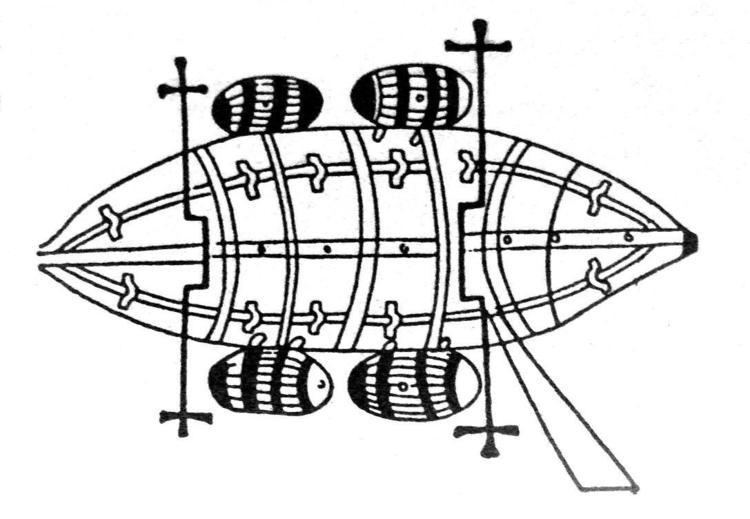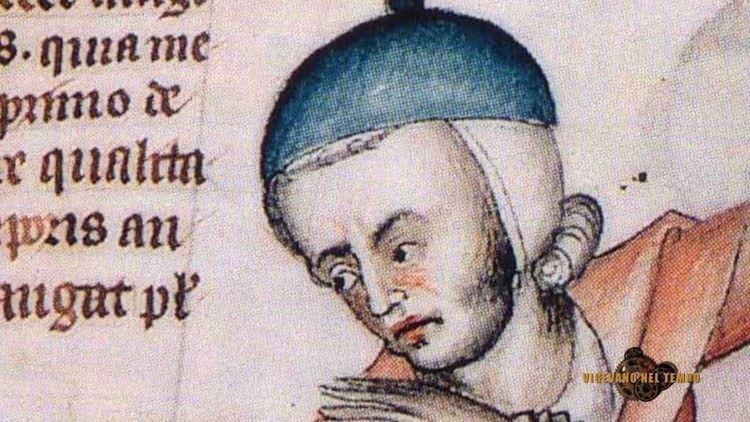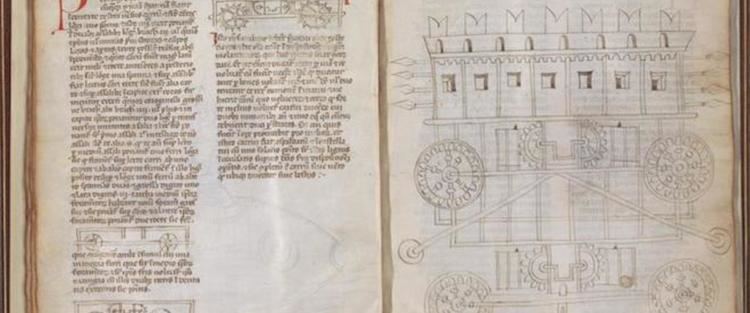Name Guido Vigevano | Died 1349 | |
 | ||
Guido da Vigevano or Guido da Pavia (born c. 1280; died c. 1349) was an Italian physician and inventor. He is notable for his sketchbook Texaurus regis Francie which depicts a number of technological items and ingenious devices, allowing modern scholarship an invaluable insight into the state of medieval technology. Although still attached in style and spirit to the Middle Ages, Guido da Vigevano can be regarded as a distant forerunner of later Renaissance artist-engineers like Taccola, Francesco di Giorgio Martini and Leonardo da Vinci.

Guido da Vigevano was personal physician of queen Joan the Lame (Jeanne de Bourgogne). For an envisaged crusade, he drew sketches of armored chariots, wind-propelled carriages and siege engines. He was also one of the first to add drawings of organs to his anatomical descriptions in a second treatise, The Anothomia. His sketches were typically medieval in that they lack perspectivity, invented only at the beginning of the Renaissance by Brunelleschi.

Guido created a vehicle that moved using a windmill that relayed force to gear and then to the wheels. Some consider this machine to be first car in history, or at least a forerunner.
Guido da vigevano un genio dimenticato


